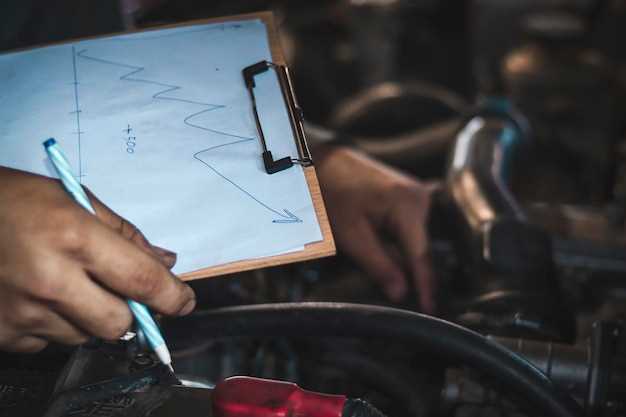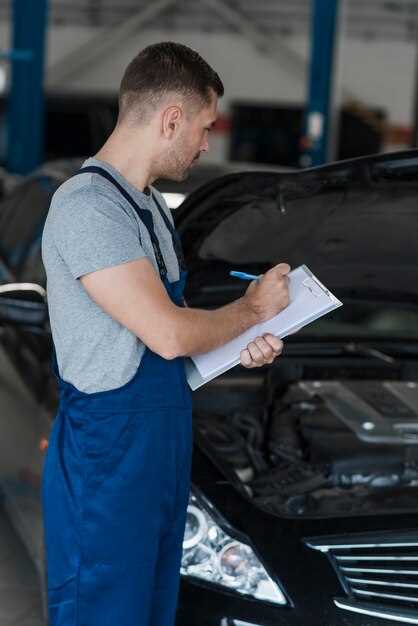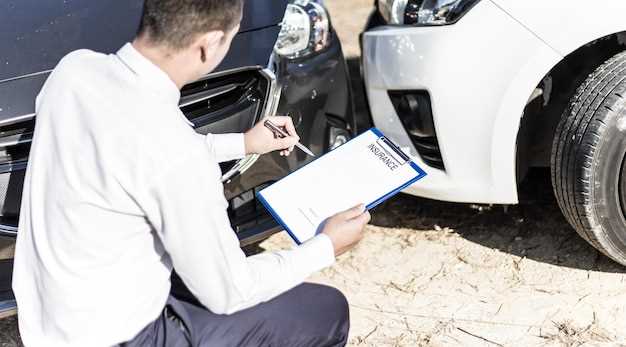
Regular routine maintenance is crucial for keeping your vehicle in optimal condition and ensuring its longevity. An effective car maintenance checklist not only helps in identifying potential issues before they escalate into costly repairs but also enhances the overall driving experience. By having a structured approach to your vehicle’s upkeep, you can ensure that all necessary services are carried out in a timely manner.
One of the primary advantages of a well-organized maintenance checklist is that it simplifies the process of regular checks and repairs. It serves as a guide, detailing essential tasks such as oil changes, brake inspections, and tire rotations, making it easier for both novice and experienced car owners to stay on top of their vehicle’s needs. Additionally, such a checklist promotes proactive maintenance habits, allowing you to address any issues before they become severe.
Furthermore, an effective checklist can be tailored to suit individual vehicles and driving habits, ensuring that all aspects of your car’s care are addressed efficiently. Whether you drive a compact sedan or a robust SUV, knowing what to check and when to do it is key to preserving your investment. Establishing a reliable routine will lead to a safer and more enjoyable driving experience while maximizing the lifespan of your vehicle.
Key Components of a Comprehensive Routine Service Plan

A comprehensive routine service plan is essential for ensuring the longevity and reliability of your vehicle. The following key components should be included to create an effective maintenance strategy:
1. Regular Oil Changes: Engine oil lubricates the moving parts, reducing friction and heat. Frequent oil changes ensure that your engine operates smoothly. Typically, it is recommended to change oil every 5,000 to 7,500 miles, depending on the vehicle and oil type.
2. Tire Maintenance: Maintaining proper tire pressure and aligning wheels is crucial for safety and fuel efficiency. Regularly rotating tires extends their lifespan and improves handling. Check tread depth periodically to ensure optimal traction.
3. Brake Inspection: Regularly inspect brake pads, rotors, and fluid levels. Worn-out brakes can lead to unsafe driving conditions. It is advisable to have brakes checked at least once a year or as recommended by your vehicle manufacturer.
4. Fluid Checks: Routine service should include checking and topping off essential fluids, such as coolant, transmission fluid, brake fluid, power steering fluid, and windshield washer fluid. Low fluid levels can affect performance and safety.
5. Battery Maintenance: Regularly check the battery for corrosion and ensure it holds a proper charge. Most batteries last about three to five years. Having the battery tested during routine maintenance can prevent unexpected failures.
6. Filter Replacements: Air and fuel filters can become clogged over time, leading to decreased engine performance. Replacing these filters regularly helps maintain efficiency and ensures a clean fuel supply.
7. Belts and Hoses Inspection: Inspecting serpentine belts and hoses for wear, cracks, or leaks is crucial. These components are vital for engine function and should be replaced based on the manufacturer’s recommendations to avoid breakdowns.
By integrating these elements into a routine service plan, vehicle owners can minimize potential problems, enhance performance, and extend the operational life of their cars, ensuring a safer driving experience.
How to Develop a Monthly Maintenance Checklist for Your Vehicle
Creating a monthly maintenance checklist is essential for ensuring your vehicle remains in optimal condition. Start by identifying routine tasks that need to be performed regularly. These tasks usually include checking fluid levels, inspecting tire pressure, and assessing brake performance.
Begin your checklist by listing the essential fluids: engine oil, coolant, brake fluid, transmission fluid, and windshield washer fluid. Make it a habit to inspect their levels and top them off when necessary. Regular fluid maintenance prevents engine wear and enhances overall performance.
The next step involves evaluating the condition of your vehicle’s tires. Check the tire pressure using a gauge and ensure it matches the manufacturer’s recommendations. Additionally, inspect the tread depth and look for any signs of wear or damage. Rotating your tires every few months can extend their lifespan significantly.
Brake safety is paramount, so include a thorough inspection of brake pads, rotors, and fluid. Look for any unusual sounds when braking and pay attention to the responsiveness of the brakes. This routine check will help you catch potential problems early and ensure your safety on the road.
Don’t forget to examine the battery terminals as well. Look for corrosion or loose connections, and make sure the battery is securely mounted. A well-maintained battery prevents unexpected breakdowns.
Finally, consider adding tasks specific to your vehicle model or driving habits. This could include checking the air filter, wiper blades, and light bulbs. Tailoring your checklist based on your vehicle’s needs will enhance your service routine and promote a long-lasting vehicle.
By following this structured approach, you will develop an effective monthly maintenance checklist that not only preserves your vehicle’s performance but also promotes safety and reliability.
Common Mistakes to Avoid When Keeping Your Car Maintained

One of the most frequent mistakes car owners make is neglecting regular routine checks. Skipping these can lead to major issues down the road, as small problems often escalate if not addressed promptly. Establishing a consistent maintenance routine is essential for the longevity of your vehicle.
Another common error is failing to follow the recommended service schedule outlined in the owner’s manual. Many drivers overlook essential tasks such as oil changes, tire rotations, and filter replacements. Adhering to this checklist is crucial for optimal performance and can help prevent more significant repairs in the future.
Many car owners also underestimate the importance of tire maintenance. Regularly checking tire pressure, tread depth, and aligning them properly can greatly affect fuel efficiency and safety. Ignoring these aspects can lead to premature tire wear and increased likelihood of blowouts.
Additionally, some individuals assume that all service tasks can wait until something goes wrong. This reactive approach can be costly. It’s vital to be proactive and stick to a comprehensive checklist that includes visual inspections of belts, hoses, and fluid levels to ensure smooth operation.
Moreover, personalizing your maintenance schedule based on driving conditions or habits is often overlooked. City driving and heavy traffic may require more frequent service compared to highway driving. Adjust your checklist to suit your unique situation to maintain vehicle reliability and performance.
Finally, ignoring warning lights on the dashboard is a severe mistake. These indicators are designed to alert you about potential issues that may arise. Addressing these warnings promptly can save you time and money in the long run, reinforcing the need to integrate them into your maintenance routine.



